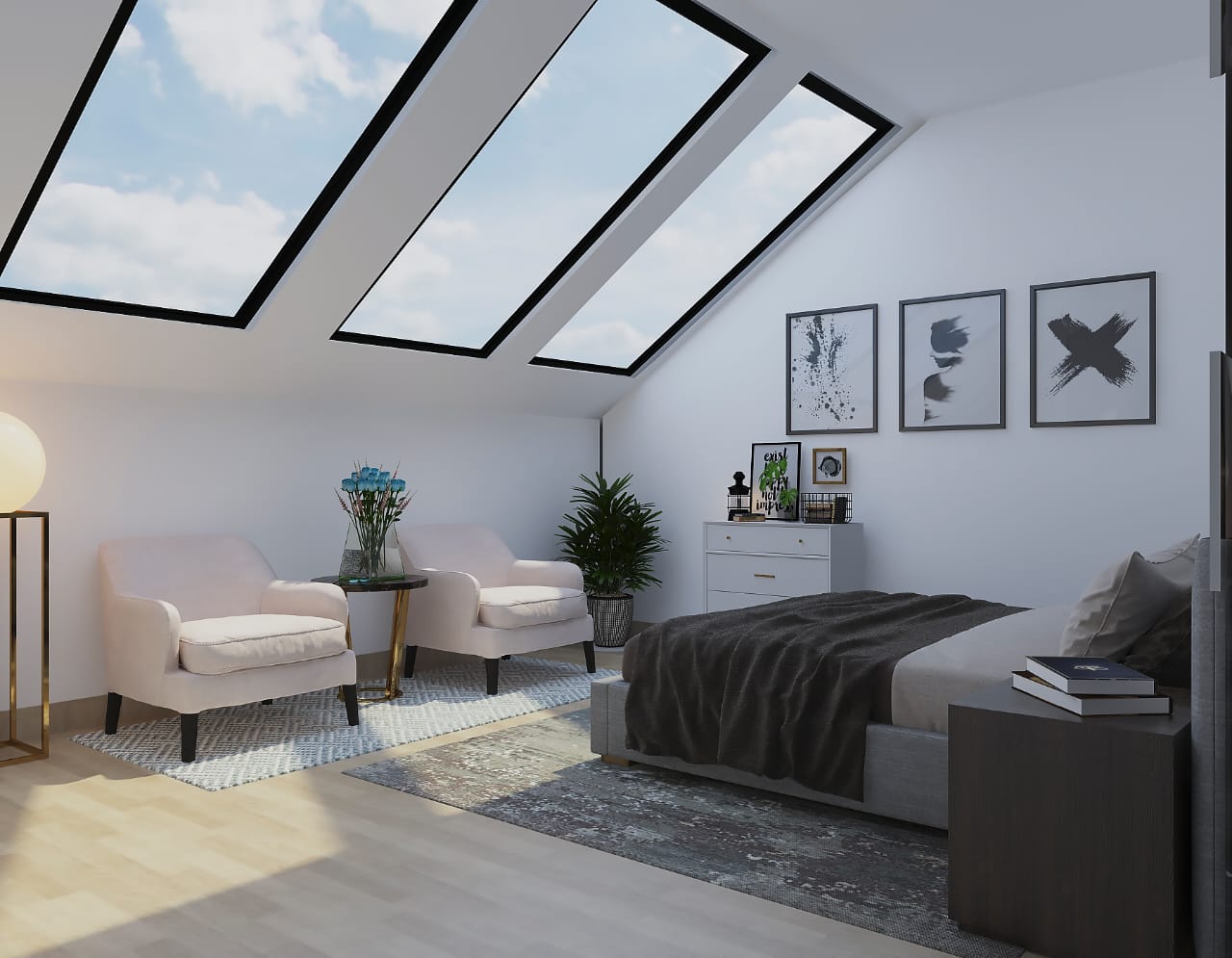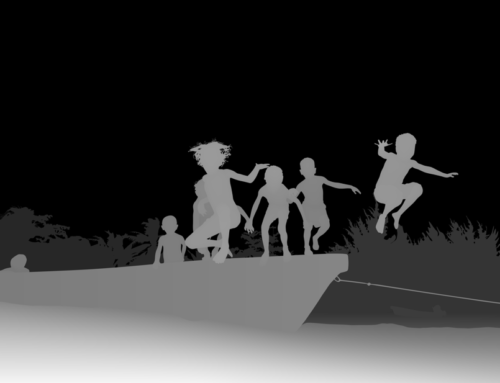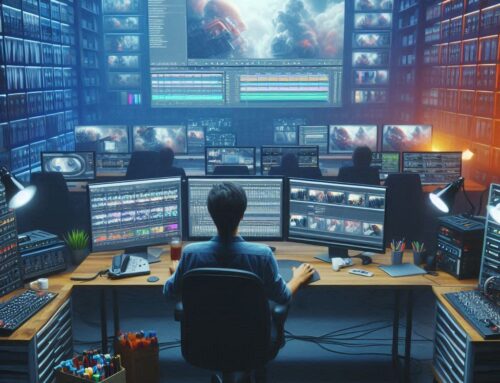Architectural Animation: Transforming Blueprints into Cinematic Realities
In the dynamic world of architecture, where creativity meets functionality, the advent of architectural animation has redefined the way designs are presented and experienced. This blog embarks on a journey through the captivating realm of architectural animation, exploring its applications, impact on the industry, and the transformative role it plays in bringing architectural visions to life.
Defining Architectural Animation:

Architectural animation is a specialized form of visual storytelling that utilizes animation techniques to showcase architectural designs, bringing static blueprints and plans to life in a dynamic and immersive manner. It serves as a powerful tool for architects, designers, and stakeholders to communicate, visualize, and experience architectural concepts.
Applications of Architectural Animation:
Client Presentations:
– Visualizing Concepts: Architectural animations provide clients with a vivid and realistic visualization of proposed designs, enabling them to explore spaces, materials, and layouts before construction begins.
– Design Evolution: Animations allow architects to showcase the evolution of a design, presenting various iterations and modifications to clients for informed decision-making.
Marketing and Promotion:
– Project Showcases: Architectural animations play a key role in marketing and promoting architectural projects. They transform static renders into dynamic presentations that can be used in promotional materials, websites, and presentations.
– Virtual Tours: Animations serve as the foundation for creating virtual tours, allowing potential buyers, investors, or tenants to virtually explore the interiors and exteriors of a property.
Public Engagement:
– Community Projects: For public projects or urban planning initiatives, architectural animations help engage the community by visualizing proposed developments, infrastructure changes, and the impact on the surrounding environment.
– Educational Outreach: Educational institutions use architectural animations to teach students about design principles, construction processes, and the integration of architecture with the built environment.
Creating Architectural Animations:
Storyboarding and Planning:
– Conceptualization: The process begins with conceptualizing the key elements of the animation, including camera angles, movement sequences, and focus areas.
– Storyboard Creation: Storyboards outline the flow of the animation, ensuring a cohesive narrative that effectively communicates the design vision.
3D Modeling and Texturing:
– Building Models: Skilled 3D artists create accurate digital models of architectural designs, incorporating details such as textures, materials, and landscaping.
– Lighting and Atmosphere: Lighting conditions are carefully considered to emulate realistic scenarios, showcasing how the structure interacts with natural light and surroundings.
Animation and Rendering:
– Camera Movement: Animations feature dynamic camera movements that guide viewers through the architectural space, highlighting key features and design elements.
– Rendering Quality: High-quality rendering ensures that the animation is visually appealing, providing a realistic representation of the architectural project.
Post-Production and Enhancement:

– Special Effects: Post-production may involve adding special effects, such as lens flares, depth of field, or motion blur, to enhance the visual impact.
– Narration and Music: Some architectural animations incorporate narration or background music to create a more immersive and emotionally resonant experience.

Check Our Newsletter on LinkedIn
Advantages of Architectural Animation:

Enhanced Visualization:
– Dynamic Exploration: Architectural animations allow viewers to dynamically explore spaces, interiors, and exteriors, providing a more comprehensive understanding of the design.
Improved Communication:
– Client Engagement: Animations facilitate effective communication between architects and clients, fostering a shared vision and understanding of the design intent.
– Collaboration: Stakeholders, including builders and contractors, can benefit from a clearer understanding of the project through animated presentations, minimizing misinterpretations.
Time and Cost Efficiency:
– Early Design Changes: Animations enable early identification of design challenges or opportunities, allowing for modifications before the construction phase, potentially saving time and resources.
Real-World Examples:
Real Estate Development:
– Residential Complexes: Architectural animations are widely used in real estate marketing to showcase upcoming residential developments, highlighting amenities, layouts, and lifestyle features.
– Commercial Spaces: Animations communicate the potential of commercial spaces, helping attract businesses and investors by showcasing the functionality and aesthetics of the design.
Urban Planning and Infrastructure:
– City Development: Municipalities use architectural animations to illustrate proposed urban developments, transportation projects, and infrastructure changes, fostering community awareness and engagement.
– Transport Hubs: Architectural animations visualize transportation hubs, such as airports and train stations, showcasing their design, flow, and integration into the urban fabric.
Future Trends in Architectural Animation:

As technology continues to advance, the future of architectural animation holds exciting possibilities, including real-time interactive experiences, virtual reality walkthroughs, and the integration of augmented reality for on-site visualization.
Conclusion:
Architectural animation stands at the forefront of innovation in the field of architecture, transforming static plans into dynamic, immersive experiences. It serves as a powerful communication tool, enabling architects to convey their vision, engage stakeholders, and bring design concepts to life. As the industry continues to embrace the capabilities of architectural animation, the built environment is poised to become more accessible, engaging, and visually compelling, shaping the future of architectural design and communication.



